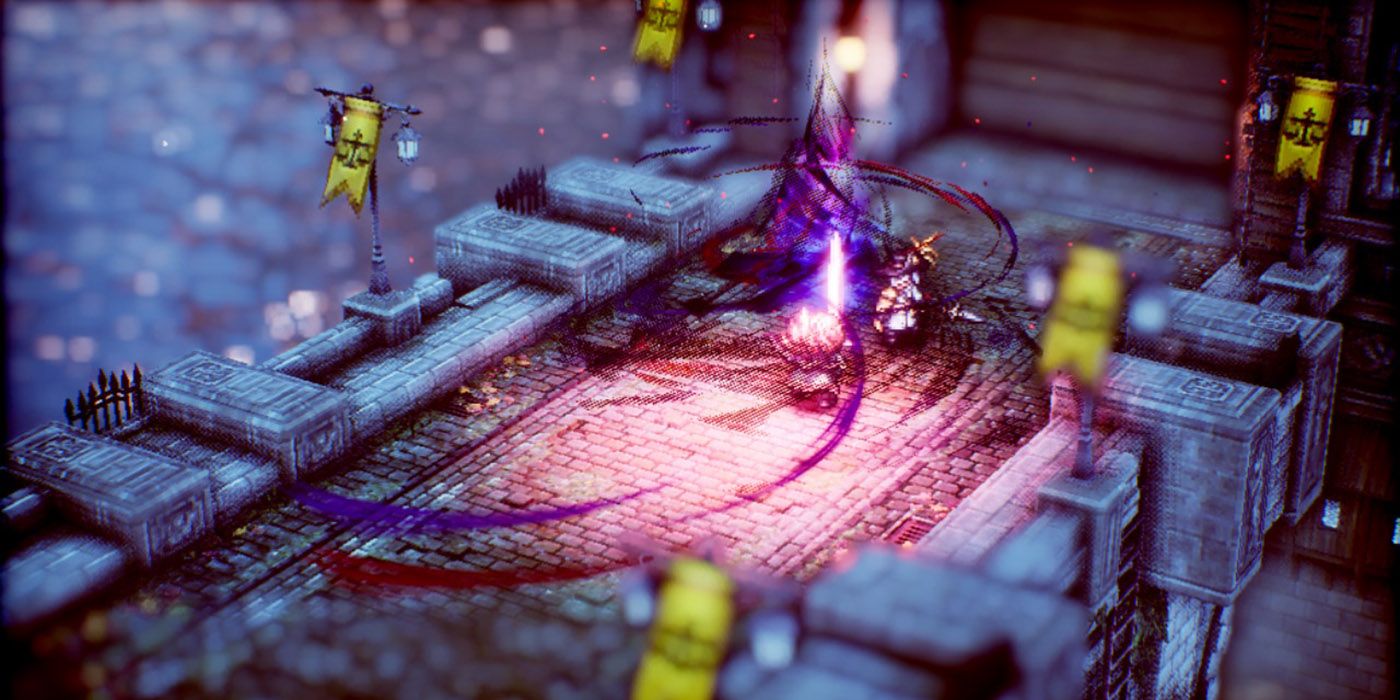
Triangle Strategy's turn-based battle system is reminiscent of games such as Fire Emblem, The Banner Saga and Final Fantasy Tactics. To see this content please enable targeting cookies. Triangle Strategy immediately confronts you with a Game of Thrones-level cast size, which is a bit daunting but also nice, because I hope all of them will have their role to play and maybe reveal interesting things about themselves along the way, as the previously released character trailers already suggest. The first three chapters available for preview are very light on actual battles, but full of introductions, both to people and the political climate, and discussions on how best to deal with Hyzante and Aesfrost so there won't be another war - I don't like to say it, but I think we know how that will end. While the resource conflict in Triangle Strategy is a fairly simple one, the game presents itself as a political tightrope act.

You take the role of Serenoa Wolffort, who as a representative of Glenbrook is trying to learn more about the complex politics at play to determine the best course of action in order to ensure lasting peace. Triangle Strategy begins after what's known as the Saltiron War - the fighting is over, but the newly-won peace is still frail. Between them sits Glenbrook, a neutral domain, dependent on both of its neighbours in equal measure.

To the West, the Duchy of Aesfrost holds the essential supply of iron, to the East, Hyzante keeps a tight grip on salt supplies.


 0 kommentar(er)
0 kommentar(er)
